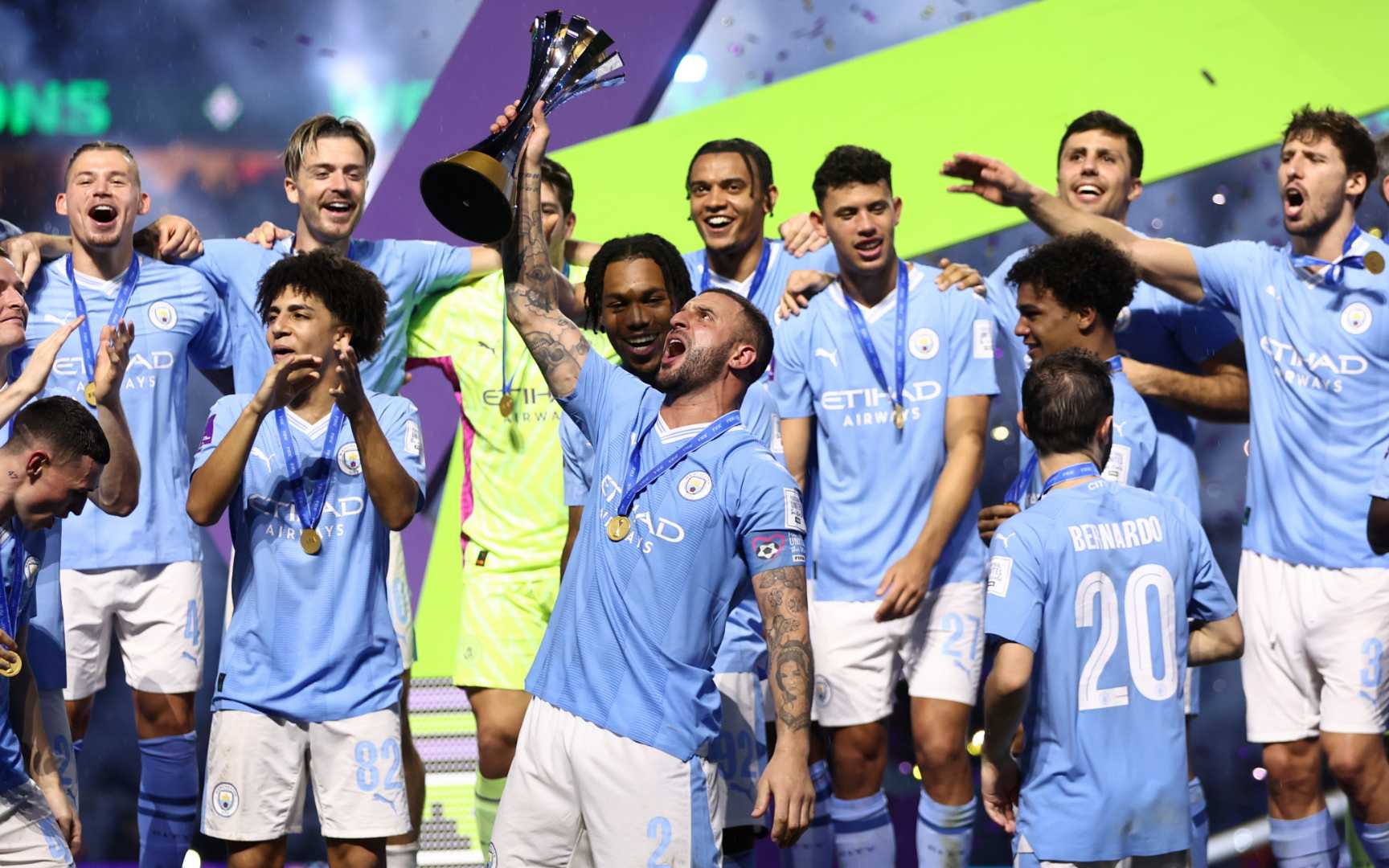The World Cups, almost centuries old, only had countries from South America and Europe as champions – to avoid generating jealousy, let’s look at them in alphabetical order: Argentina (1978, 1986 and 2022), Brazil (1958, 1962, 1970, 1994 and 2002), England (1966), France (1998 and 2018), Germany (1954, 1974, 1990 and 2014), Italy (1934, 1938, 1982 and 2006), Spain (2010), and Uruguay (1930 and 1950).
CLUB WORLD CUPS
In the Club World Cups, whether recognised by FIFA or not (those from the time of the so-called Intercontinental Cup), history repeats itself: only teams from the Old Continent or South Americans reached the title.
In order not to be boring, mentioning each of them, we can highlight Real Madrid, from Spain, with their eight victories (counting the two phases); Milan, from Italy (four); Bayern Munich, from Germany (four); Boca Juniors, from Argentina (three); São Paulo, from Brazil (three)…
EUROPEAN DOMINANCE
If among the teams, whose tournament takes place every four years, Argentina is the most recent champion (after a 20-year fast since Brazil won the World Cup in Japan and South Korea), when we look at the competition of clubs, which is annual, we observe that for 11 seasons only teams from Europe have won the title – South America’s last victory was with Corinthians, from Brazil, in 2012, defeating Chelsea from England. And in some cases the South Americans didn’t even reach the final.
What is the reason for such a disparity? Of course, several reasons can be listed, but the main one, without a doubt, is the disparity in financial investment between European teams (often boosted by millionaire sponsorships from Arab funds and companies) versus those in South America.
In recent final between Manchester City and Fluminense, for example, the monthly salary of just two players from the England team would be able to pay the entire salary of the Brazilian team.
TRANSNATIONAL TEAMS
In this way, true transnational teams are created in Europe. Of the City team that took to the field in the decision on December 22nd, how many players were English (remembering that even their starting goalkeeper is Brazilian)?
And this economic difference is also felt (obviously to a lesser extent) in South America, with Brazilian clubs importing Argentines, Uruguayans and Colombians who ‘escaped’ European harassment, such as Jhon Arias (Colombia) and Germán Cano (Argentina), in Fluminense.
STARK DIFFERENCE IN INVESTMENTS
Of course, every worker has the right to practice their profession where they wish and where they are best paid. It was from this thought that, in 1995, the Bosman Law emerged.
However, the stark difference in investments is turning the competition between clubs into “Europe against the rest of the world” – with clear advantages for the Europeans.
Until the law came into being, there was little advantage for South Americans. Then… Well, just look at the last 11 disputes and you can see what happened.
Credit: AIPS Media
Related









































































You must be logged in to post a comment.